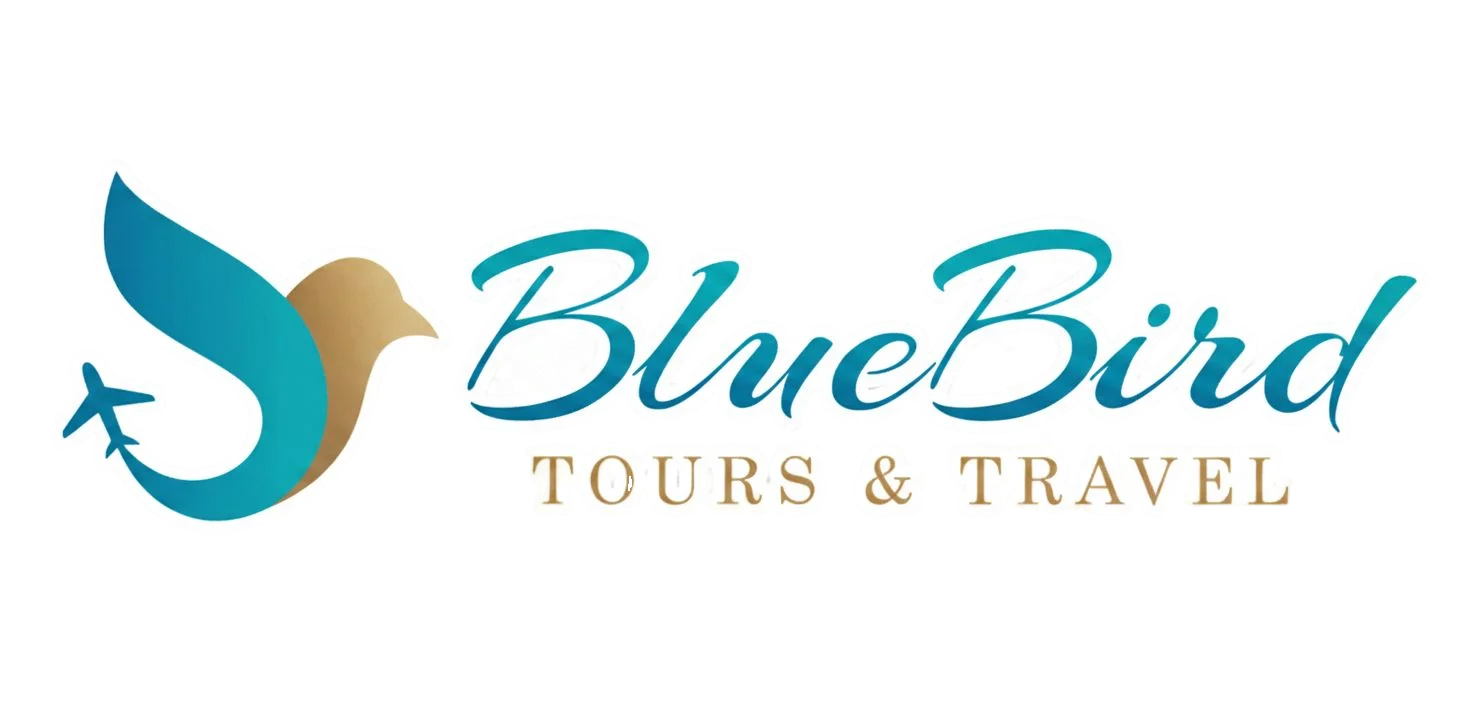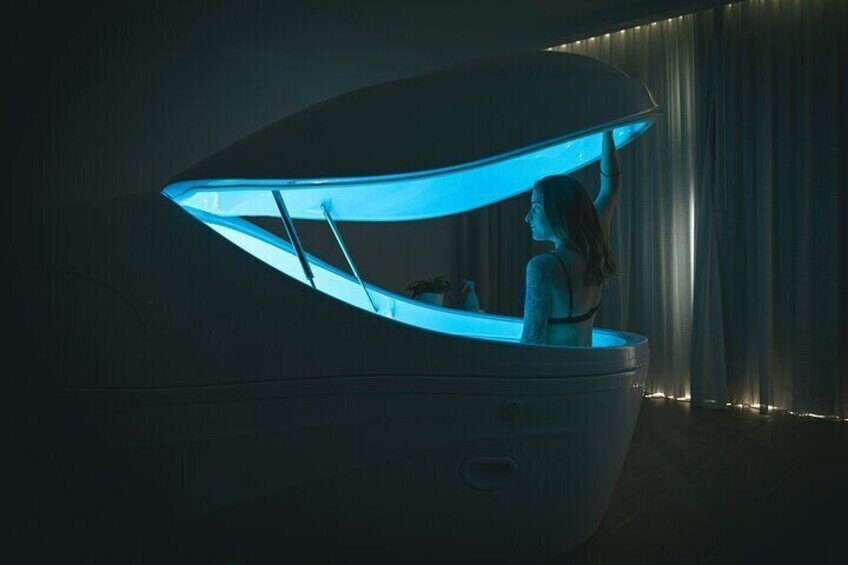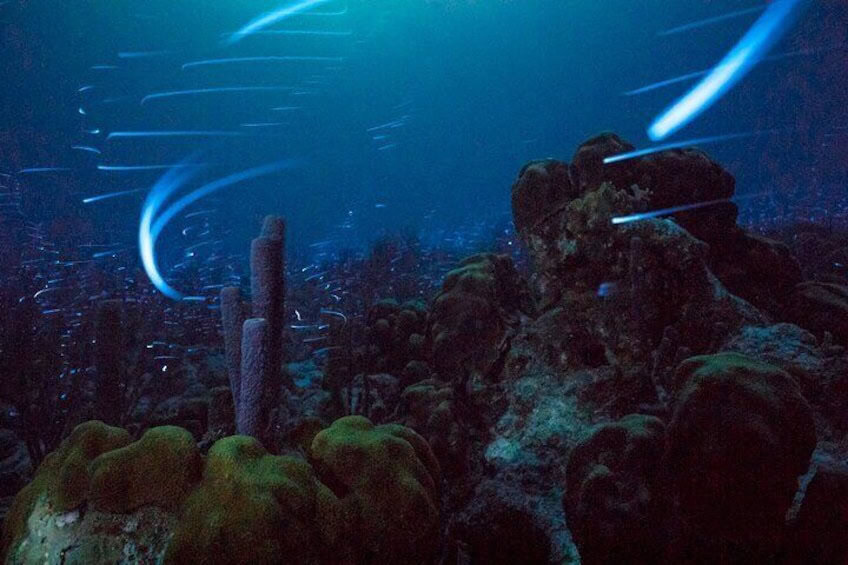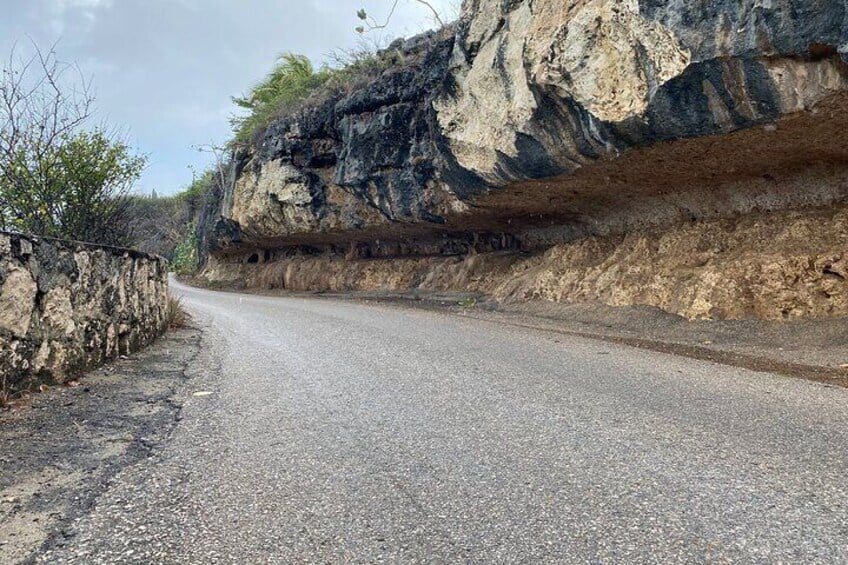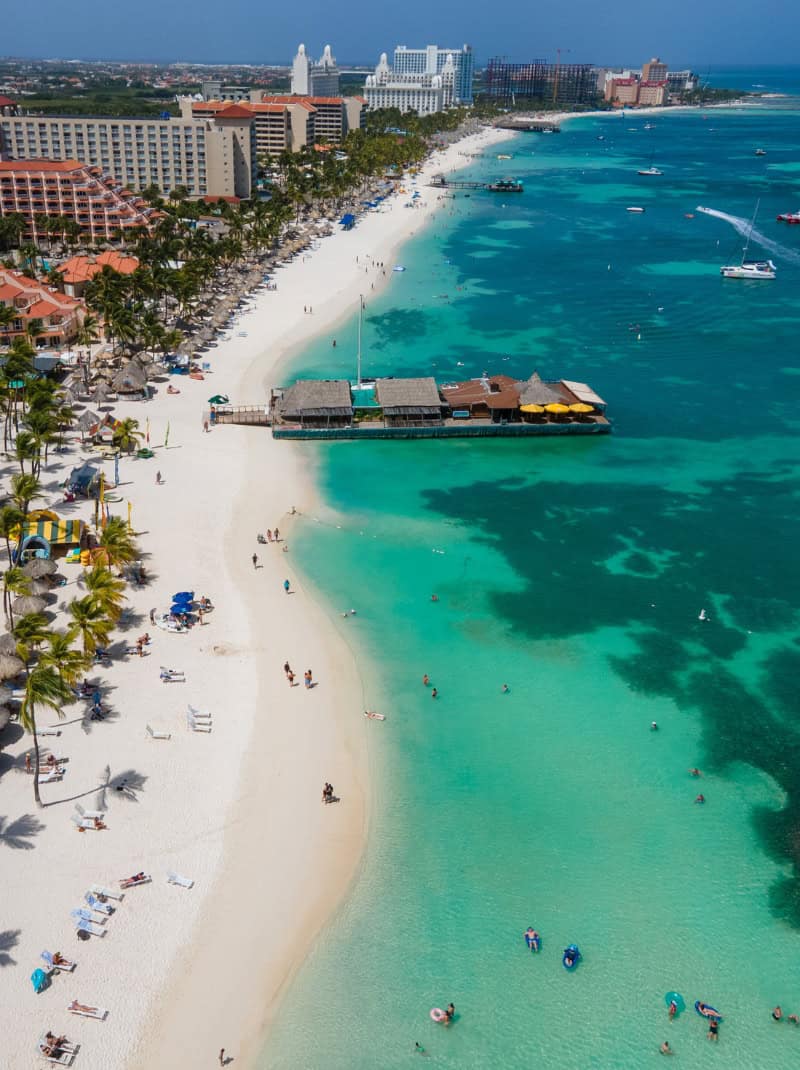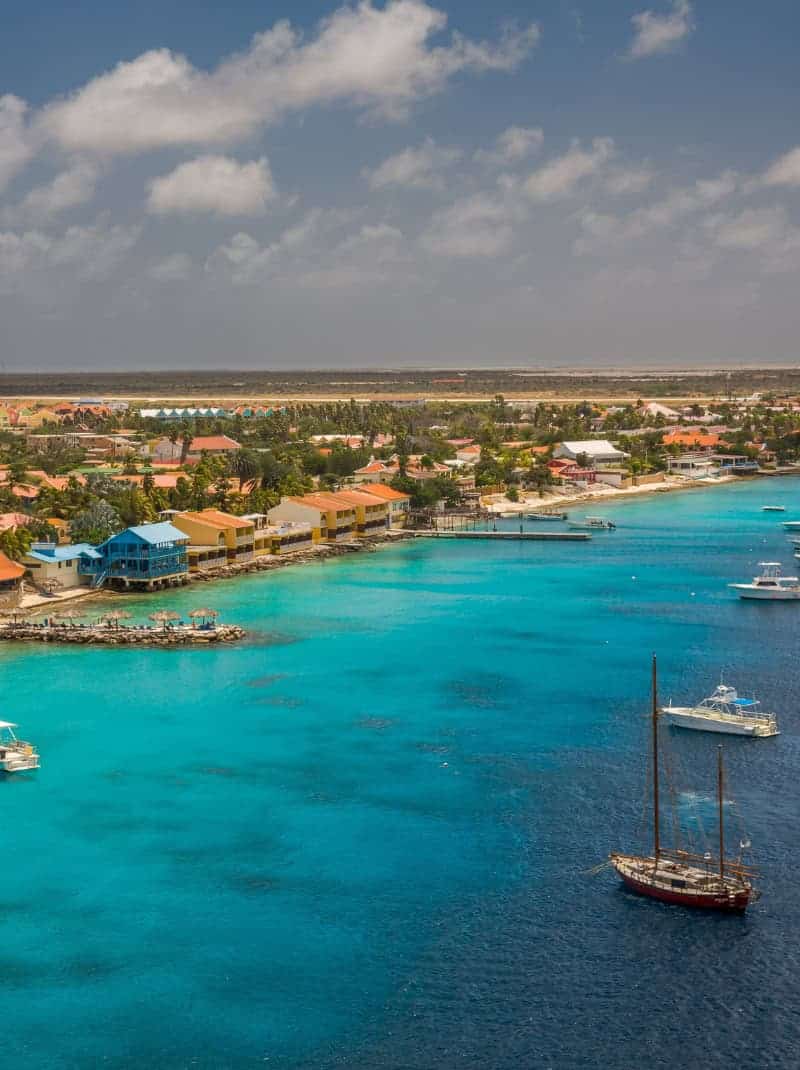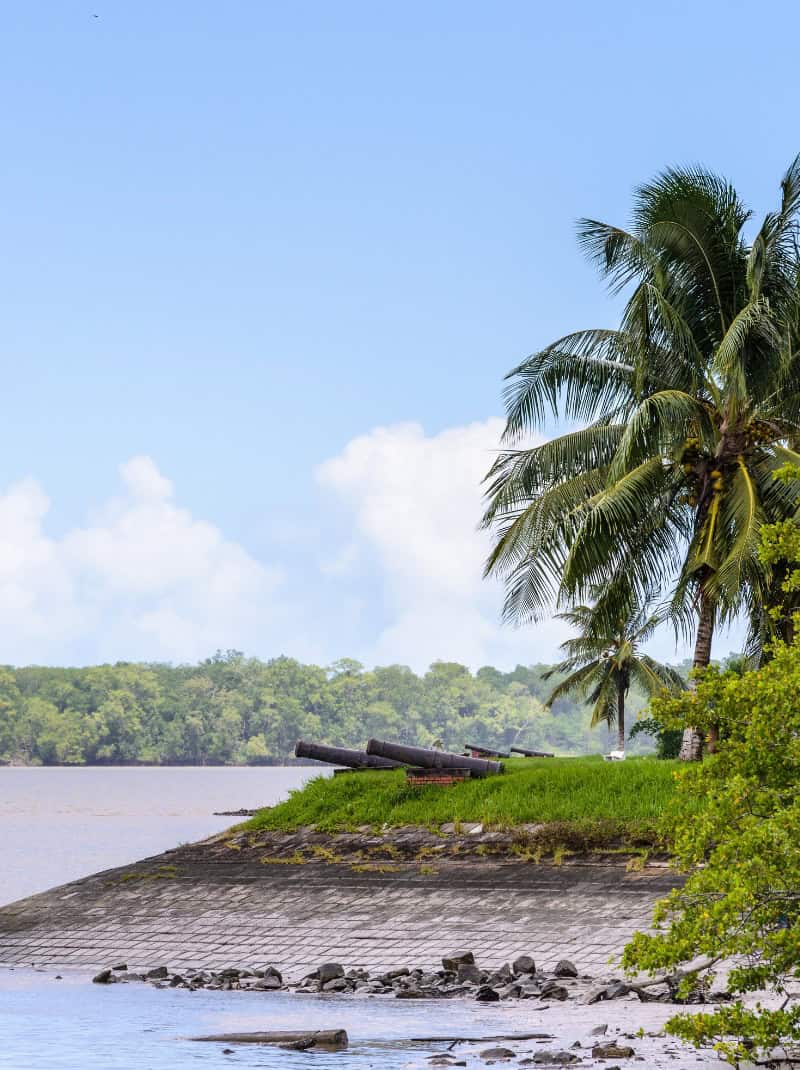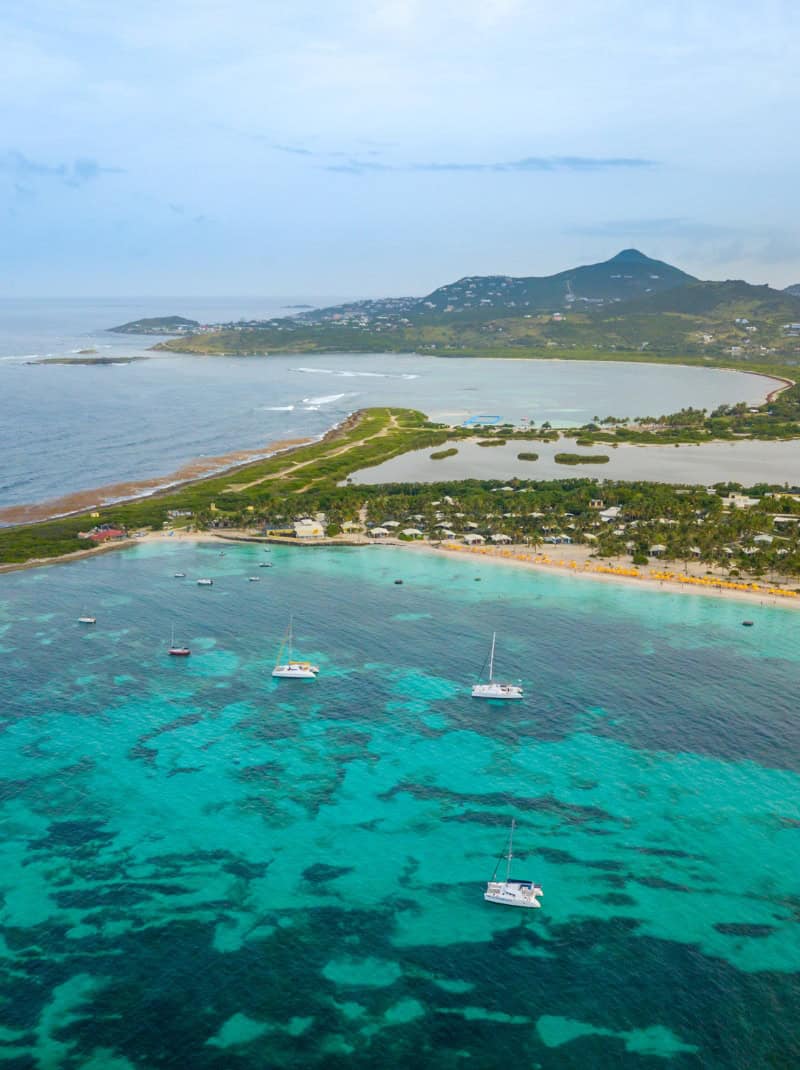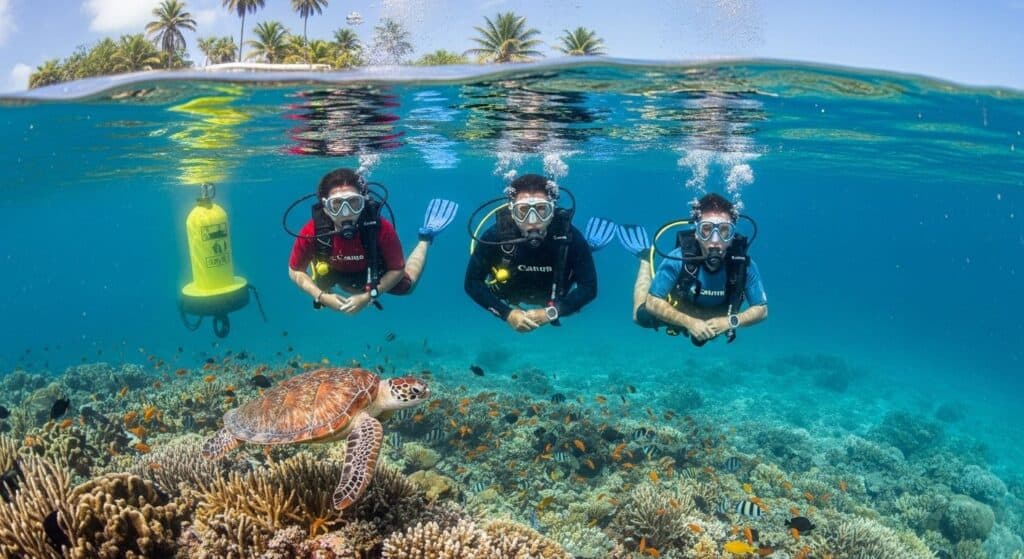
7 Best Dive Sites in Bonaire for Adventurous Travel Companions
Bonaire is known worldwide as a paradise for divers. This small Caribbean island offers an extraordinarily protected underwater world with more than 350 species of fish and colorful coral reefs. It almost sounds obvious that every diver feels at home here. But surprise yourself. On Bonaire, you can enter the water almost anywhere directly from the beach and you don’t have to book a boat like at other destinations. The real secret is precisely the freedom and convenience that you won’t find anywhere else. Find out how this island is revolutionizing the standard for scuba diving.
Table of contents
- Why diving in Bonaire is a must
- The largest coral reef in Bonaire
- Top dive sites for beginners
- Recommended dive sites for experienced divers
- What to expect when diving on Bonaire
- Best Seasons for Diving
- Diving equipment and preparation
Quick Summary
| Takeaway | Explanation |
|---|---|
| Bonaire has unique diving opportunities | The island offers pristine coral reefs and rich biodiversity for all levels. |
| Ideal destination for beginners | With 86 safe and easily accessible dive sites, beginners can build their skills. |
| Comprehensive ecosystem | Strict rules and conservation measures ensure healthy coral reefs and vibrant marine life. |
| Regular dives throughout the year | Bonaire offers excellent conditions for diving, with minimal chance of disruptive weather conditions. |
| Clear local diving rules | Divers must adhere to the guidelines for a safe and responsible diving experience. |
1: Why Diving on Bonaire is a Must
Bonaire is a true diving destination that distinguishes itself from other tropical islands by its unique underwater characteristics. The island offers divers an unparalleled adventure with its protected marine ecosystem and extraordinary underwater world.
According to research by the Bonaire National Marine Park , the island is one of the most certified diving destinations in the world. The main reasons why Bonaire is a must for diving enthusiasts:
- Pristine coral reefs with over 350 species of fish
- Excellent visibility up to 25 meters depth
- Protected marine environment with minimal human disturbance
The marine biodiversity is truly breathtaking. With more than 60 different coral species and a diverse underwater landscape, Bonaire offers a unique diving experience. Read more about our ultimate diving trip that will lead you through this spectacular underwater world.
Divers can enjoy different levels of diving, from beginners to experienced professionals. Klein Bonaire, an uninhabited island, offers particularly spectacular dive sites with healthy and vibrant reefs. The constant water temperatures and favorable current conditions make diving possible all year round.
Bonaire’s commitment to marine conservation ensures healthier coral reefs compared to other Caribbean locations. This makes the island not only a great diving destination, but also a place where divers can contribute to conservation and protection.
2: The Largest Coral Reef on Bonaire
Bonaire boasts one of the most impressive coral reefs in the Caribbean Sea, with a unique underwater world that enchants divers. Scientific research has shown that this reef stretches over an astonishing depth and is home to unprecedented biodiversity.
According to research by the Ocean Explorer , Bonaire’s coral reefs are particularly complex and layered. The main characteristics of the coral reef include:
- Expansive depths from 30 to 60 meters
- More than 100 different coral species
- Nearly 100% coral cover in some locations
Bonaire’s mesophobia ecosystems are extremely rare. They extend to depths that traditional divers rarely reach, which makes them extra attractive to adventurous divers. Find out more about our unique dive trips that explore this spectacular underwater world.
Bonaire’s coral reef is not only large, but also very healthy. Thanks to strict protection measures and minimal human disturbance, this reef has developed a resilience that is unique in the Caribbean. Divers can enjoy an underwater landscape that is nowhere else in the world so intact and vibrant.
The diversity of marine life around this reef is breathtaking, with countless species of fish, sea turtles, and rare coral formations forming a complete ecosystem. It’s more than a dive site, it’s a living, breathing underwater paradise.
3: Top Dive Sites for Beginners
Bonaire is an ideal destination for beginner divers, with numerous accessible and safe dive sites that are perfect for those who are just starting out in this amazing sport. The island coast offers a variety of sheltered spots where new divers can develop their skills.
According to research by the Divers Alert Network, Bonaire has 86 officially marked dive sites along the west coast, several of which are ideal for beginners. The key features for beginner-friendly venues are:
- Shallow and calm water areas
- Protected coastlines with minimal currents
- Clear visibility up to 20 meters
- Gradually rising seabed
Explore our complete dive travel guide for detailed information about these amazing locations. Sites such as Yellow Submarine and 1000 Steps are particularly popular among divers because of their rich marine life.
At Yellow Submarine, beginners can enjoy a shallow, sheltered bay with a gently sloping seabed. The site has a maximum depth of about 12 meters, which is ideal for getting first diving experience. Here, new divers can get acquainted with colorful coral formations and numerous fish species without being overwhelmed.
Another must-see is Windsock, a location with a perfectly sheltered entrance and a quiet underwater. This site offers excellent opportunities for beginner divers to improve their skills in a safe and controlled environment.
4: Recommended Dive Spots for Experienced Divers
Bonaire offers a number of spectacular dive sites designed specifically for seasoned divers seeking challenge and adventure. Advanced divers can really put their skills to the test in unique and challenging environments.
According to research by NOAA Ocean Explorer, Bonaire’s deeper reefs offer great opportunities for advanced exploration. The most challenging dive sites are characterized by:
- Depths up to 60 meters
- Complex underwater formations
- Rare marine ecosystems
- Technically challenging routes
Explore our ultimate dive travel guide for detailed information about these amazing locations.
The Hilma Hooker shipwreck is without a doubt one of the most iconic dive sites for experienced divers. This sunken cargo ship rests at a depth of about 30 meters and offers a unique underwater experience with numerous marine residents who have colonized the wreck.
Another spectacular location is Salt Pier, where divers can enjoy a complex underwater landscape with steep slopes and surprising marine biodiversity. The pier is surrounded by pillars covered in colorful corals and are home to numerous species of fish.
The east coast of Bonaire, with its more rugged and unspoiled environment, is only suitable for very experienced divers and is only possible via a boat dive. Here, divers face challenging currents and a more unpredictable underwater environment that calls for advanced diving skills and technical expertise.
5: What to Expect When Diving on Bonaire
Diving on Bonaire is a unique experience that requires specific preparation and respect for the marine environment. Divers should be aware of the local guidelines and the delicate underwater ecosystems they will be exploring.
According to research by STINAPA Bonaire , there are crucial points of attention for a safe and responsible diving experience:
- Mandatory instructional dive upon arrival
- Good buoyancy control
- Use of eco-friendly sunscreen
- Not making contact with marine life
Discover our complete dive travel guide for detailed preparation.
Bonaire has a consistently warm climate with water temperatures between 26 and 29 degrees Celsius, which is ideal for divers. Visibility underwater is usually excellent, with a range of up to 30 meters, which can make photos and observations of marine life particularly detailed.
A special experience is participation in coral restoration projects. Some dive centers offer programs where divers can actively contribute to coral reef restoration. This not only provides a deeper connection with the marine ecosystem, but also contributes to the protection of Bonaire’s unique underwater world.
Visitors should take into account some practical aspects. In addition to a valid diving license, a permit for the Marine Park is required. This permit directly supports the protection and preservation of the vulnerable marine environment. It is advisable to thoroughly study the local diving rules beforehand and check your equipment before entering the water.
6: Best Seasons for Diving
Bonaire is a unique diving destination where you can enjoy spectacular underwater adventures practically all year round. The climate and conditions make this island particularly attractive to divers from all over the world.
According to research by the PADI diving organization , Bonaire offers ideal diving conditions throughout the year. The most important seasonal characteristics are:
- Dry season from January to October
- Constant water temperatures between 26 and 29 degrees
- Excellent visibility underwater
- Minimal chance of hurricanes
Discover our complete dive travel guide for detailed seasonal information.
The dry season is considered the most ideal period for divers. From February to mid-October, the weather conditions are perfect with sunny days, little rain, and stable sea conditions. Water temperatures remain consistently around 28 degrees Celsius, which is perfect for both divers with and without a suit.
During the wet season from December to March, there may be more wind and rainy weather, but this hardly affects the diving experience. Marine life remains as active and diverse, and underwater visibility remains remarkably good.
A unique advantage of Bonaire is that it is located outside the traditional hurricane zone. This means that even during the so-called hurricane season, you can dive safely without major risks of disruptive weather conditions. Whether you visit in January or August, Bonaire promises an unforgettable diving experience.
7: Diving Equipment and Preparation
A successful diving vacation on Bonaire starts with careful preparation and the right equipment. Professional divers know that the quality and condition of your equipment are crucial for a safe and enjoyable underwater experience.
According to research by the Occupational Safety and Health Administration , there are essential safety considerations when preparing diving equipment:
- Annual inspection of diving cylinders
- Checking of respiratory equipment
- Testing of compensation devices
- Availability of a complete first aid kit
Check out our complete equipment guide for detailed recommendations.
For Bonaire, we recommend equipment adapted to tropical conditions. Given the constant water temperatures around 28 degrees Celsius, a 3mm wetsuit is usually sufficient. In addition, a reliable dive computer, a surface marker buoy and a compass are essential for safe diving.
Pay particular attention to your breathing apparatus. Have your diving equipment professionally checked at least one month before departure. Provide spare parts such as O-rings, mask straps, and a spare hose. It is also wise to take out international diving insurance that provides coverage for possible medical evacuations.
A practical tip: always take a set of spare parts with you and make sure you are familiar with using your own equipment. Each piece of equipment should fit perfectly and feel comfortable before diving into Bonaire’s waters.
Discover Your Ultimate Diving Trip on Bonaire
You have now read about the impressive dive sites, the beautiful coral reef and the unique spots for both beginners and experienced divers on Bonaire. You may recognize it: planning a scuba diving adventure can be overwhelming, especially if you’re looking for authentic experiences, well-organized trips, and the ease of combining everything yourself. With so many options, it’s hard to find the perfect balance between adventure, comfort and a true local experience.
Let us organize your adventure. On the page Bonaire | Blue Bird Tours & Travel offers complete packages and flexible options that allow you to effortlessly connect the most beautiful dive sites, accommodation and tours. Choose from tried and tested packages or put together what suits you. Start planning your unforgettable diving trip today through Blue Bird Tours & Travel. Do you want more inspiration and tips? Check out our Bonaire travel blogs and find out what other travelers have experienced. Don’t wait any longer and book your dream underwater experience now.
Recommendation
Frequently asked questions (FAQs)
What are the best dive sites for beginners in Bonaire?
Bonaire offers several safe and beginner-friendly dive sites, such as Yellow Submarine and Windsock. These spots have shallow waters and minimal currents, which is ideal for new divers.
Is Bonaire suitable for experienced divers?
Yes, Bonaire has plenty of challenging dive sites for experienced divers, such as the Hilma Hooker wreck and Salt Pier, where divers can discover more complex underwater formations and unique fish species.
Which seasons are best for diving in Bonaire?
The dry season from February to mid-October is ideal for divers. During this period, the weather conditions are perfect with sunny days and minimal rain. The wet season from October to February also has good diving conditions, despite more wind and rain.
What are important preparations for diving on Bonaire?
Preparing for diving on Bonaire includes checking your equipment, obtaining a Marine Park permit, and participating in an instructional dive upon arrival. Be sure to also use eco-friendly sunscreen to protect marine life.
Your journey, just the way you want it
Whether you dream of a private snorkeling tour, a surprise trip for a special occasion or just want to be completely unburdened, we will arrange it!
Together, we’ll put together a unique experience that perfectly suits your needs. Personalized, flexible and organized to perfection.
